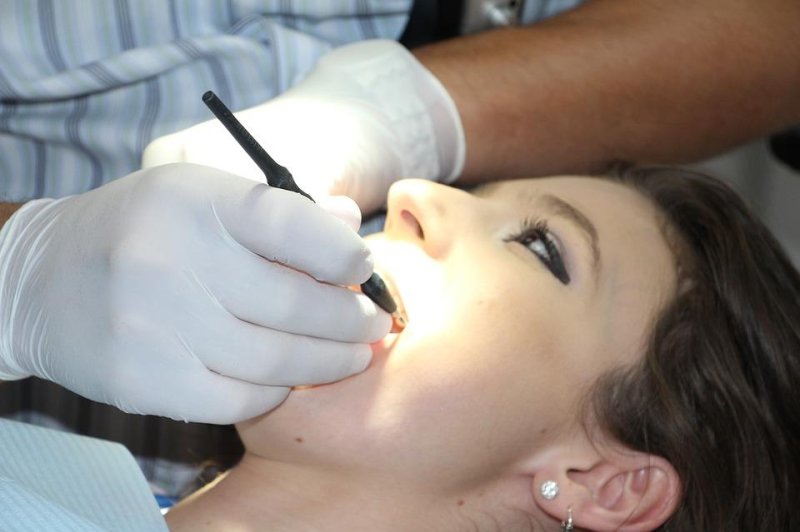A new study shows a common periodontal pathogen may interfere with conception in younger women. Photo by
rgerber/PixaBay
June 12 (UPI) -- Researchers at the University of Helsinki found a common periodontal pathogen may delay conception in young women.
The study, published June 12 in the Journal of Oral Microbiology, included 256 healthy, non-pregnant women ranging in age from 19 to 42 from Southern Finland who had discontinued contraception in order to become pregnant.
The participants were given clinical oral and gynecological exams, along with the testing of major periodontal pathogens in saliva, as well as analysis of serum and saliva antibodies. Vaginal swabs were done to detect bacterial vaginosis at baseline.
Participants were followed for a period of 12 months to determine whether they got pregnant during that time period.
The researchers found significantly higher levels of porphyromonas gingivalis, a bacterium associated with periodontal diseases, in the saliva of women who did not become pregnant during the study period compared to those who did become pregnant.
The women with P. gingivalis in their saliva had three times more difficulty getting pregnant compared to women without the bacterium.
"Our results encourage young women of fertile age to take care of their oral health and attend periodontal evaluations regularly," Susanna Paju, a periodontist and researcher at the University of Helsinki, said in a press release.
"Our study does not answer the question on possible reasons for infertility but it shows that periodontal bacteria may have a systemic effect even in lower amounts, and even before clear clinical signs of gum disease can be seen. More studies are needed to explain the mechanisms behind this association."















